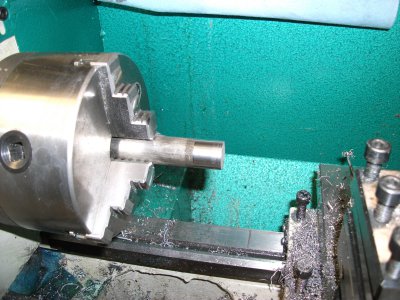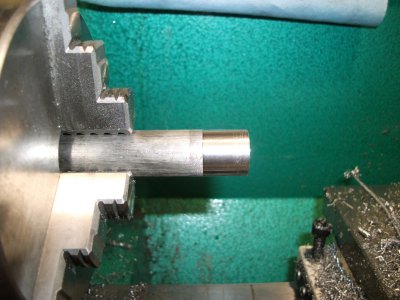- Joined
- Sep 18, 2013
- Messages
- 35
Some very interesting responses here.
DMS, I made up on of those cutters and managed to get a smoother surface finish but I still had rings of rough patches on the material. I thought it worked well though, definitely going to play around with that cutter.
Ray C, thank you for the explanations and the pictures. I was using a live center when turning, the material was a very old bolt, probably poor quality steel intended for general construction. Also about 1/2" diameter, the picture was enlarged.
markknx, I've had good results with stainless steel, one of my preferred materials. I've yet to try aluminium but I have load of stock waiting.
I guess the next question is what metals do you guys like to machine? (I see Rey C has already listed some)
DMS, I made up on of those cutters and managed to get a smoother surface finish but I still had rings of rough patches on the material. I thought it worked well though, definitely going to play around with that cutter.
Ray C, thank you for the explanations and the pictures. I was using a live center when turning, the material was a very old bolt, probably poor quality steel intended for general construction. Also about 1/2" diameter, the picture was enlarged.
markknx, I've had good results with stainless steel, one of my preferred materials. I've yet to try aluminium but I have load of stock waiting.
I guess the next question is what metals do you guys like to machine? (I see Rey C has already listed some)



